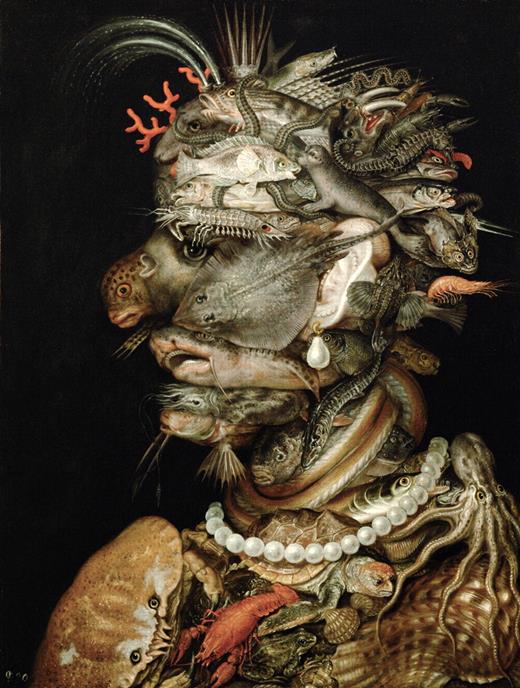Progress has been made toward the definition of “master-plan elements,” genes that encode spatiotemporal patterns of expression during development.
The article by Ferreira and colleagues in this issue of Blood demonstrates that GATA1, GATA2, or GATA3 can rescue the ability of GATA1null embryonic stem cells to develop into normal mouse pups, provided that the gene is linked to upstream noncoding regions of GATA1 to ensure the correct spatiotemporal pattern of expression. These data represent the first demonstration that the rescue of development defects induced by genenull mutations does not correlate with the coding gene itself, but rather with nonprotein coding regions in cis related to that gene. In other words, the rescue ability is encoded by master-plan elements that ensure appropriate gene expression during development.
The success of this demonstration was made possible by a careful choice of the experimental model. Members of the GATA family, unlike members of other gene families involved in development, are conserved in structure.1 This property ensures that the function of each family member can be rescued, at least partially, by any other member. Furthermore, it is known that GATA1 expression is regulated by sequences, different for each lineage, distributed along 8 kilobases upstream of the gene.2
The science of protein-coding genes started in 1943 with the elegant experiment by Oswald Avery that identified DNA as the principle capable of transforming R-strain bacteria into S-strain bacteria.3 Since then, starting with the discovery by Severo Ochoa of triplet codons,4 molecular biologists have developed the tools necessary to read protein-coding sequences and to predict, from these sequences, the structure and the function of the encoded proteins.
Since protein-coding genes comprise less than 1.5% of the human genome,5 the function of the majority (97%) of the human genome is unknown. The observation that protein noncoding sequences are those that distinguish humans from other species has suggested that they may encode the biological plan of the organism. The concept that the essence of human being is not provided by specific building blocks but rather by their arrangement pattern is summarized, with artistic sensitivity, in the figure below. Gene-regulation studies in development, however, are mostly focused on epigenomic modifications of DNA rather than on its sequence. This is reminiscent of the times before the experiment of Avery, when scientists were investigating the flow of genetic information in terms of chemical modifications of protein tertiary structures. It is conceivable that, as already demonstrated for protein modifications and flow of information, epigenetic DNA modifications, although important, will be proven in the future to represent the consequence and not the cause of organism development.
“Water” by Giuseppe Arcimboldo (Italy, 1527–1593). Reproduced with the permission of the Kunsthistorisches Museum, Vienna, Austria.
“Water” by Giuseppe Arcimboldo (Italy, 1527–1593). Reproduced with the permission of the Kunsthistorisches Museum, Vienna, Austria.
The importance of the experiment by Ferreira and colleagues is the clarity of the demonstration that 97% of the genome, which has no formal function, includes master-plan elements. Now that the proof of principle has been provided, we must wait for the next “Ochoa experiment” that, by discovering master plan codons (the equivalent in the noncoding world of triplet codons), will allow us to read these sequences and to predict the master plan of an organism.
Conflict-of-interest disclosure: The author declares no competing financial interests. ■


This feature is available to Subscribers Only
Sign In or Create an Account Close Modal